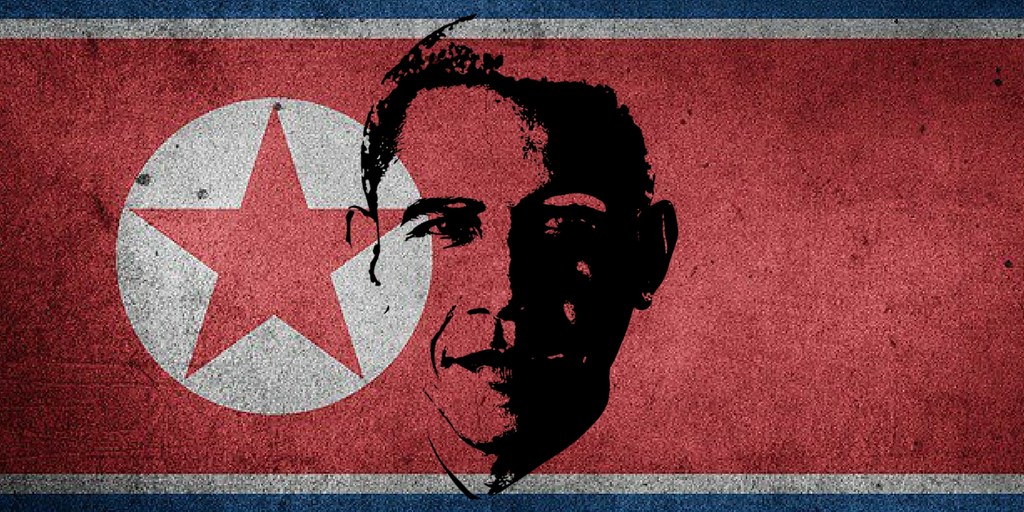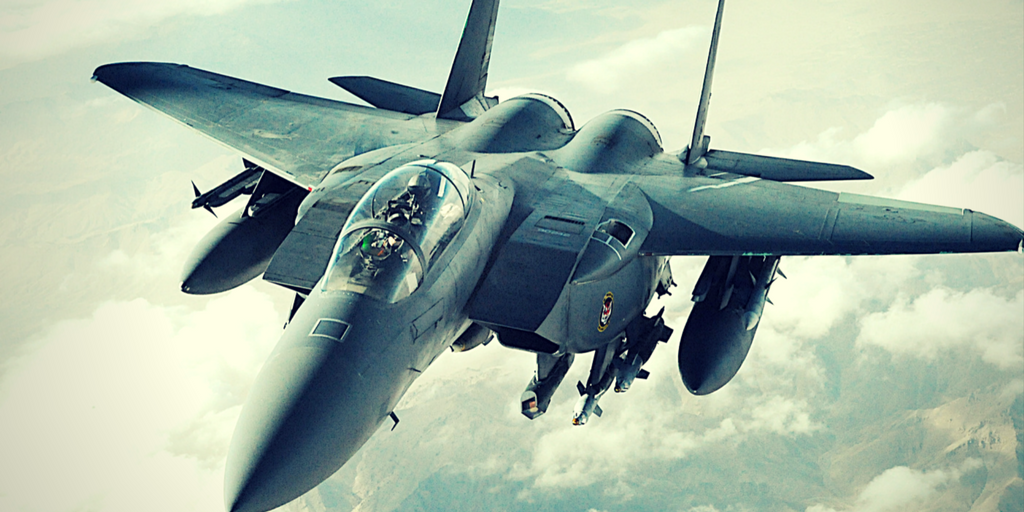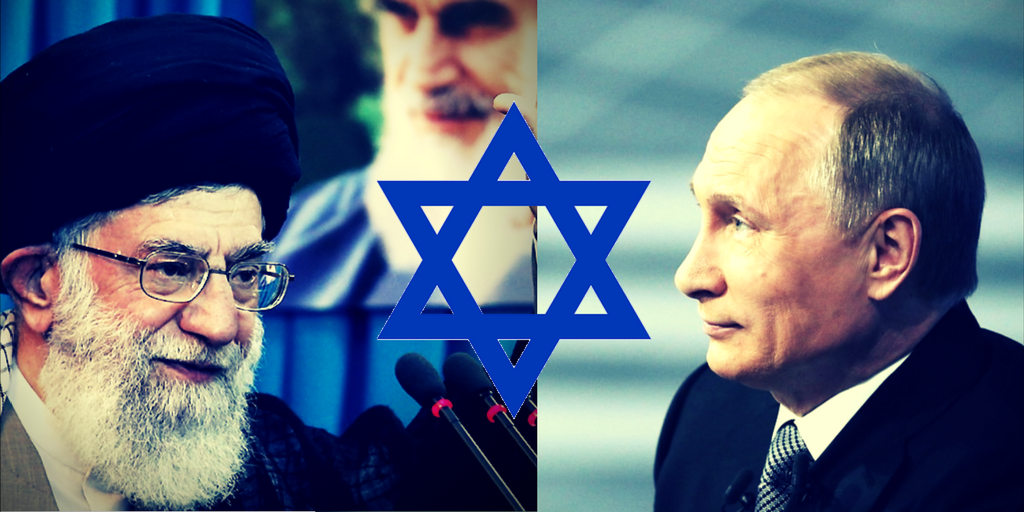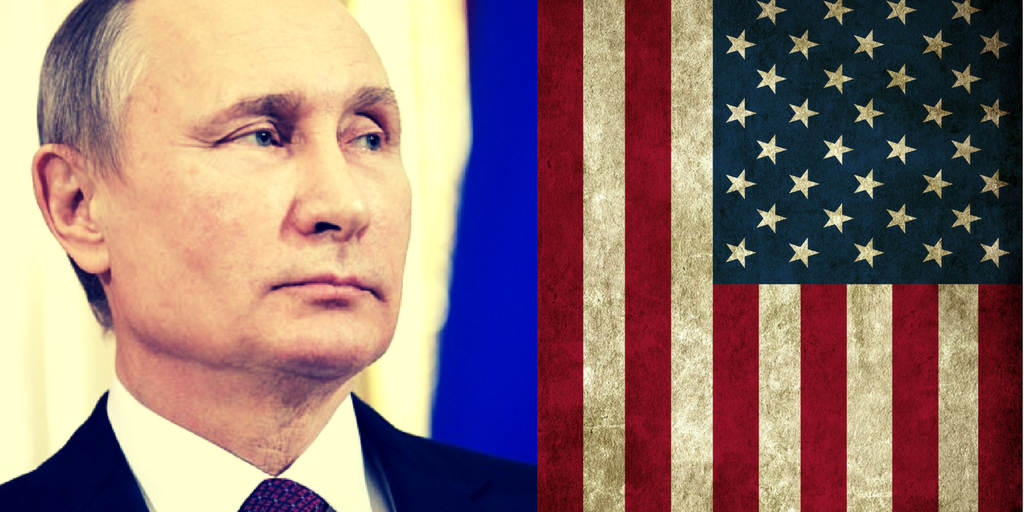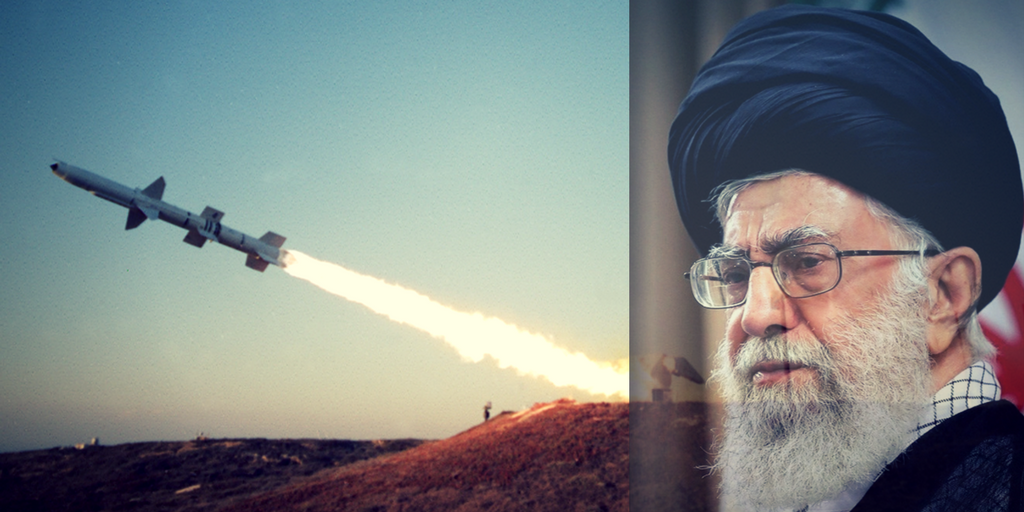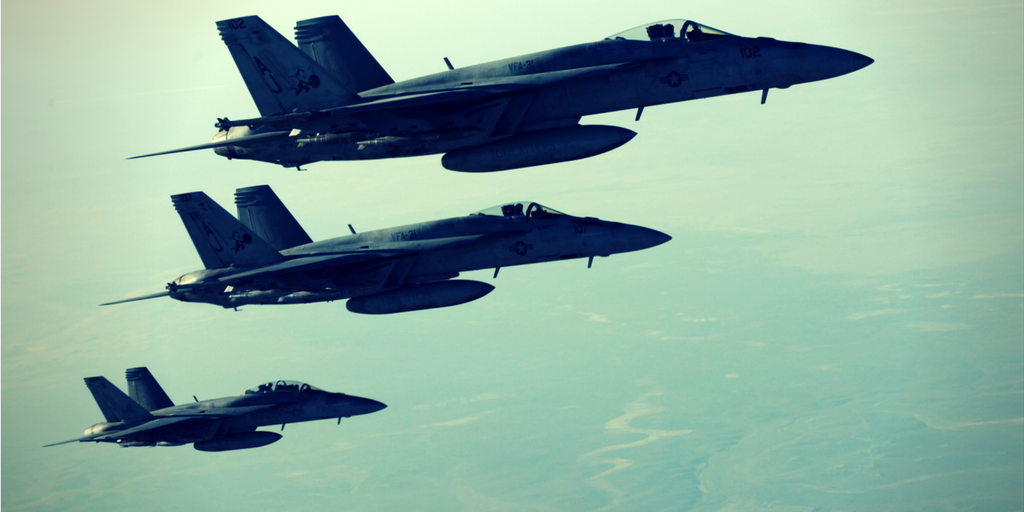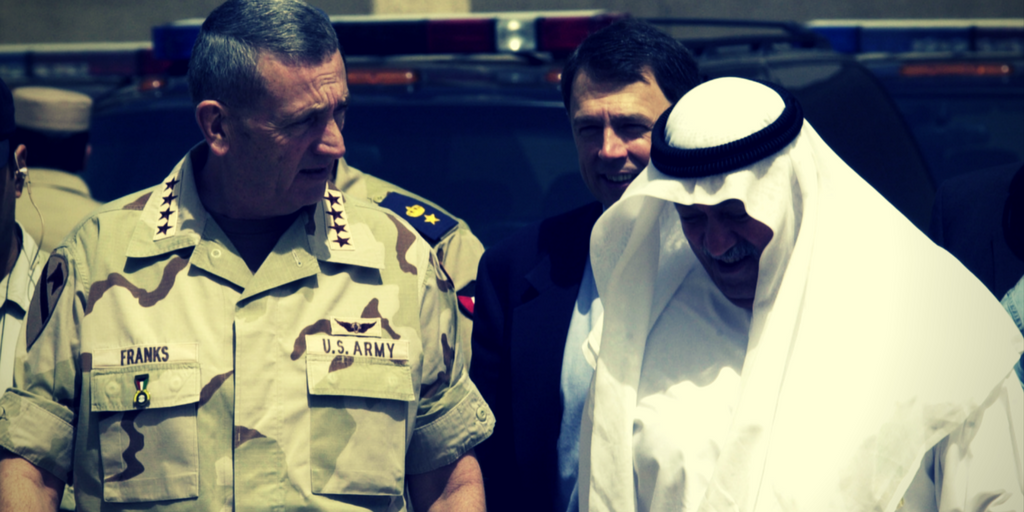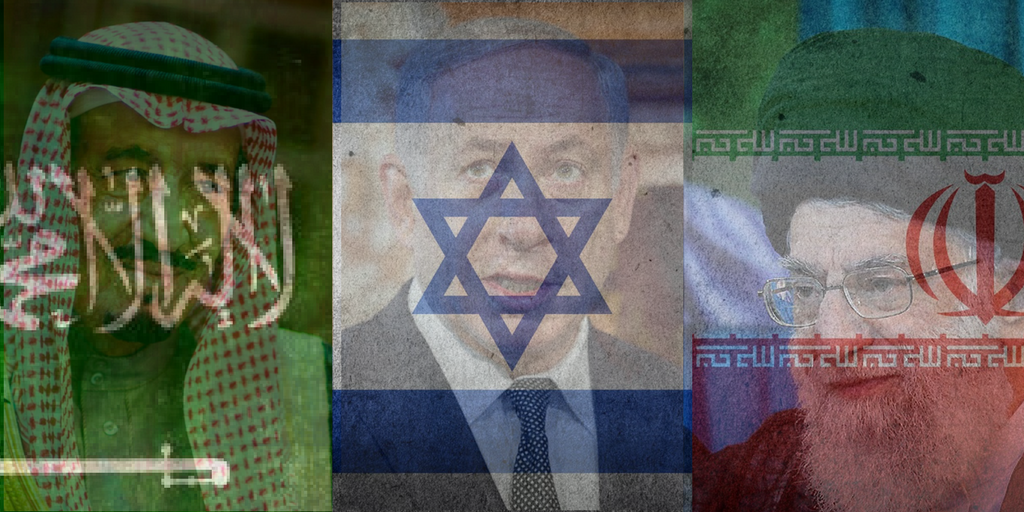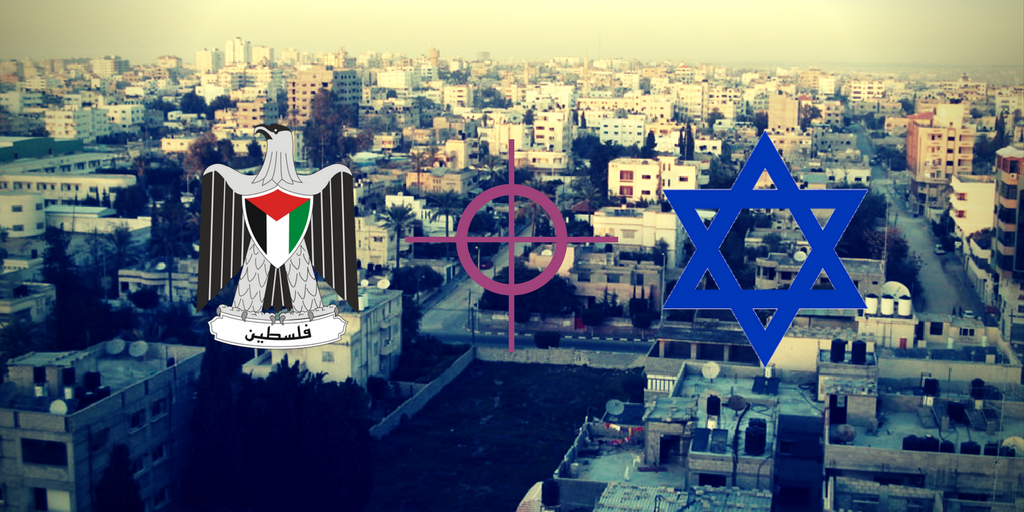With news coming out of North Korea that the regime has in fact tested another engine for an ICBM capable of reaching the USA, observers are begining to wonder if the only real solution to North Korea is war. Russia and China have alredy moved troops to the border as early as May when tensions began to increase, but now any pressure the international community might have had (especially China) on the North Korean regime has melted.
President Trump himself acknowledged this in a tweet.
While I greatly appreciate the efforts of President Xi & China to help with North Korea, it has not worked out. At least I know China tried!
— Donald J. Trump (@realDonaldTrump) 20 ביוני 2017
The world like the Syria crisis moves ever closer to the point of no return. If the Kim regime would get an ICBM, it’s nuclear ambitions would be fully realized. This means the Trump administration has little time to avert a fully nuclear capable North Korea, which would destablize Asia and upend America’s dominance in the Pacific, not to mention being held “captive” by a mad man who could decide to nuke America whenever he got angry.
So how did we get here? Afterall, even the most ardent Trump critics do not blame the crisis on him. The North Korean nuclear program flourished under Obama after it achieved break out under Bush.
The Obama administration could have stopped it early on, but allowed it to develop and grow. Why?
Everything the Obama administration did when it came to foreign policy should be seen through the prism of chaos creation. This can be applied to funding ISIS ( in its early days), Black Lives Matter, not preventing Russia from entering Syria, and of course North Korea.
This attempt at creating controlled chaos serves both the Deep State and the Globalists, because chaos breeds the need for placing a new order so as to provide a solution where there was none within the chaos. This allows the Deep State and Globalists to take more control.
The problem is, chaos cannot be controlled. It goes the way it wants and almost never where the party who creates intends it to. The world is at the precipice because the Deep State and Globalist elite network of rulers has put us there.
Donald Trump will have no choice but to take down the North Korean regime. It is clear he does not wnat to go to war, but an ICBM in the hands of a madman is not an option. In the ensuing chaos, the Deep State and Globalists will attempt to assert control, but the chaos may very well be too much even for them.

